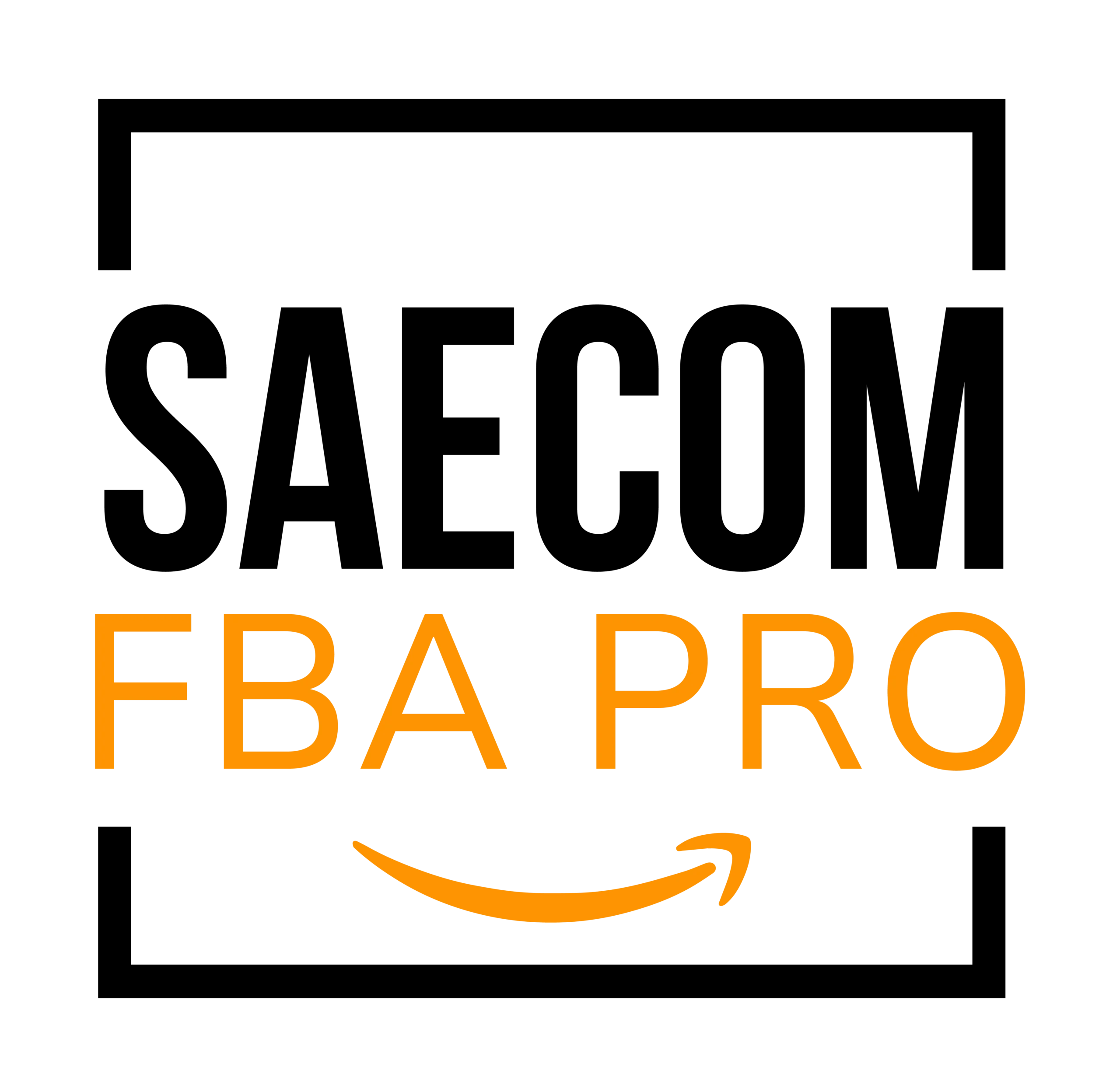Switch From FBA: Top Order Fulfillment Options 2025
One of the biggest advantages Amazon offers to entrepreneurs, businesses, and brands is its Fulfillment by Amazon (FBA) program. With FBA, Amazon handles inventory storage, packing, shipping, and other order fulfillment tasks while making sellers’ products eligible for Prime shipping.
While it’s a widely used and convenient service, it isn’t always the ideal fit for every seller. In some situations, exploring other fulfillment solutions makes more sense.
In this article, we’ll explore the limitations of FBA, the perks of using alternative options, several reliable FBA alternatives, and key factors to consider before making a switch.
Concerns with Amazon Fulfillment

Amazon has made numerous adjustments to its FBA storage limits over time, forcing sellers to adapt to new guidelines. One significant update came in March 2023 with the introduction of new FBA capacity limits.
These capacity limits regulate how much inventory sellers can send to and store in Amazon fulfillment centers each month. Although sellers technically remain “restricted,” these new guidelines give most sellers more control and storage flexibility than previous systems.
The catch is, sellers are allowed to store up to three months’ worth of inventory based on their IPI score.
While this sounds like a positive change, problems arise when sellers need additional space to support new product launches or increased demand. In these cases, they either have to wait for existing inventory to sell or pay a “reservation fee” to request extra capacity.
Even with this added flexibility, many sellers might still find it beneficial to explore other storage and fulfillment solutions.
2023 Holiday Peak Fulfillment Fee Update: Amazon previously announced an additional Holiday Peak Fulfillment Fee for FBA orders placed between October 15, 2023, and January 14, 2024. For full details, refer to Amazon’s fee update resources.
Why Consider Fulfillment Alternatives to Amazon?
Besides dealing with storage limitations, there are several other reasons why you might want to partner with a third-party logistics (3PL) provider to manage your order fulfillment.
Cost Savings: Third-party providers often offer lower storage fees, especially during the holiday season when Amazon’s storage rates multiply significantly.
Customization Options: If you want to offer custom packaging, inserts, or branded experiences, 3PLs give you more control over how your products are presented to customers.
Dedicated Support: Many 3PL services assign account managers who personally handle issues and inquiries, saving you the trouble of dealing with Amazon’s Seller Support ticket system.
Competitive Shipping Rates: Some 3PL companies offer discounted shipping rates that help sellers protect their profit margins.
Fast Shipping Options: Most third-party fulfillment providers can match Amazon’s 1-day and 2-day shipping speeds to keep customers satisfied.
If your FBA storage or product ASIN limits are causing problems, these alternatives offer valuable solutions.
Amazon Fulfillment Alternatives for 2025

If you find yourself without adequate storage space at Amazon, what are your options for keeping products in stock and ready to ship?
Let’s explore some alternative ways sellers can fulfill Amazon orders.
1. Fulfillment by Merchant (FBM)
The most straightforward alternative to FBA is fulfilling orders directly from your own location or storage facility — known as Fulfillment by Merchant (FBM).
With FBM, you store inventory at your home, office, or warehouse, and manage the packing and shipping of your own orders.
Popular products often sell well on Amazon whether fulfilled by FBA or directly by the seller. If you have space available and the resources to manage shipping yourself, creating an FBM listing could be the most affordable option.
Amazon allows you to list both an FBA SKU and an FBM SKU under one ASIN. This ensures that if your FBA stock runs out, your listing remains active through FBM fulfillment.
To maintain high conversion rates, it’s a good idea to offer free shipping for any orders you fulfill on your own.
2. Seller-Fulfilled Prime (SFP)
Seller-Fulfilled Prime (SFP) works similarly to FBM, but with one important distinction — it lets you offer Amazon Prime’s 2-day shipping benefits without using Amazon’s warehouses or paying FBA fees.
To qualify for SFP, sellers must first pass a trial period where they demonstrate the ability to meet Amazon’s strict shipping and customer service standards. During this time, your products won’t carry the Prime badge, though you’ll still need to meet 2-day shipping expectations.
Fortunately, Amazon reopened new seller enrollment for the Seller-Fulfilled Prime program on October 1, 2023. If you’re interested in this route, you can now join the waitlist.
Third-Party Storage & Fulfillment
If you’re running into storage limits at Amazon and don’t have your own warehouse or fulfillment setup, a third-party logistics (3PL) provider can handle your inventory and shipping needs, much like Amazon does.
On Amazon, your items would be listed as FBM, but the fulfillment would be handled by the third-party warehouse. Amazon doesn’t distinguish who ships the orders — it only cares that they’re delivered to customers on time.
Aside from resolving storage limit issues, working with a 3PL comes with several additional benefits.
Lower Storage Fees: Compared to Amazon’s fluctuating and seasonal fees, most 3PL providers offer consistent, transparent pricing.
Inventory Control: 3PLs typically don’t penalize you for holding large amounts of inventory or require long-term storage fees.
Quality Assurance: If maintaining the quality and condition of your products is important, third-party warehouses often offer stricter quality control processes.
Dedicated Account Management: Unlike Amazon’s generic ticketing system, 3PL providers typically assign dedicated account managers to handle your concerns directly.
Reduced Shipping Costs: Since 3PL providers often have access to discounted shipping rates — especially for 2-day delivery — partnering with one can help you keep shipping expenses low.
Branded Packaging: Fulfillment through a 3PL allows you to ship in your own branded packaging, providing a more personalized customer experience.
Multi-Channel Fulfillment: In addition to handling Amazon orders, 3PLs can fulfill orders from your Shopify store, eBay listings, Walmart Marketplace, or other channels — streamlining your entire fulfillment operation.
Using a 3PL during peak holiday seasons also grants you greater inventory flexibility and operational control.
Top Third-Party Fulfillment Services for Amazon Sellers
Fortunately, there’s no shortage of alternatives to Amazon FBA today. Each offers a unique mix of services and pricing structures, so it’s important to research and choose the one that best fits your business needs.
Here are a few reputable 3PL options known for working well with Amazon sellers:
1. A2b Fulfillment

A2b Fulfillment specializes in supporting Amazon sellers via both Vendor Central and Seller Central, with a proven history of compliance and fulfillment success.
Best for:
- FBM or Seller-Fulfilled Prime orders
- Small to medium-sized eCommerce businesses
- Inventory storage
Benefits:
- Focused expertise in Amazon and other marketplaces
- Bi-coastal locations for 1-2 day ground shipping to 94% of U.S. households
- Same-day order fulfillment for Seller-Fulfilled Prime shipments
- Product bundling services available
Contact them for a customized quote.
2. ShipBob

ShipBob is a tech-powered 3PL that uses proprietary software to manage its nationwide fulfillment network. Orders flow seamlessly to its warehouses, where inventory is picked, packed, and shipped to customers.
Best for:
- eCommerce sellers on any major marketplace
- Direct-to-consumer brands
- Wholesale order fulfillment
Benefits:
- No storage restrictions or seasonal fee increases in Q4
- On-site customer support teams at each location
- Integrates with Amazon and other selling platforms
- Affordable 2-day express shipping options
Contact ShipBob for a tailored pricing quote.
3. Red Stag Fulfillment

Red Stag Fulfillment is known for reliable, fast shipping that meets Seller-Fulfilled Prime standards, along with excellent merchant-fulfilled order support.
Best for:
- Fast direct-to-consumer delivery
- Small to medium eCommerce operations
- FBM and SFP fulfillment
Benefits:
- 30-day free trial for new clients
- No storage space restrictions or fee spikes during peak seasons
- East and West Coast fulfillment centers
- 2-day shipping to 97% of U.S. addresses
Get in touch with them for an accurate estimate.
4. ShipMonk

ShipMonk integrates seamlessly with your eCommerce channels to simplify order fulfillment, letting you focus on business growth.
Best for:
- Multi-channel fulfillment
- FBA prep services
- Seller-Fulfilled Prime orders
- Subscription boxes
- Retail fulfillment
Benefits:
- Custom product packing, prep, and bundling options
- Dedicated account managers for ongoing support
- User-friendly software dashboard
- Capacity to handle 1 to 10,000+ daily orders
- Lower shipping rates for Seller-Fulfilled Prime orders
- No long-term storage fees
Reach out to them via their website for detailed pricing.
Final Thoughts
In 2025, Amazon sellers have more reliable, fast, and cost-effective fulfillment options than ever before. In many cases, partnering with a third-party logistics provider can be a better fit than sticking with FBA — especially if you qualify for Seller-Fulfilled Prime.
If you’re currently dealing with inventory or storage challenges through FBA, don’t worry. You’ve got time to explore your options and decide what’s best for your business.
Contact the companies listed above or continue your research to find the fulfillment solution that aligns with your needs.
And if you have questions about FBA alternatives, feel free to ask in the comments!
Check Out Our Recent Blogs
- Amazon Sell-Through Rate: Definition, Formula & Tips
- Selling on Amazon in 2025: LLC vs Sole Proprietorship
- How to Get More Amazon Seller Feedback and Improve Ratings


